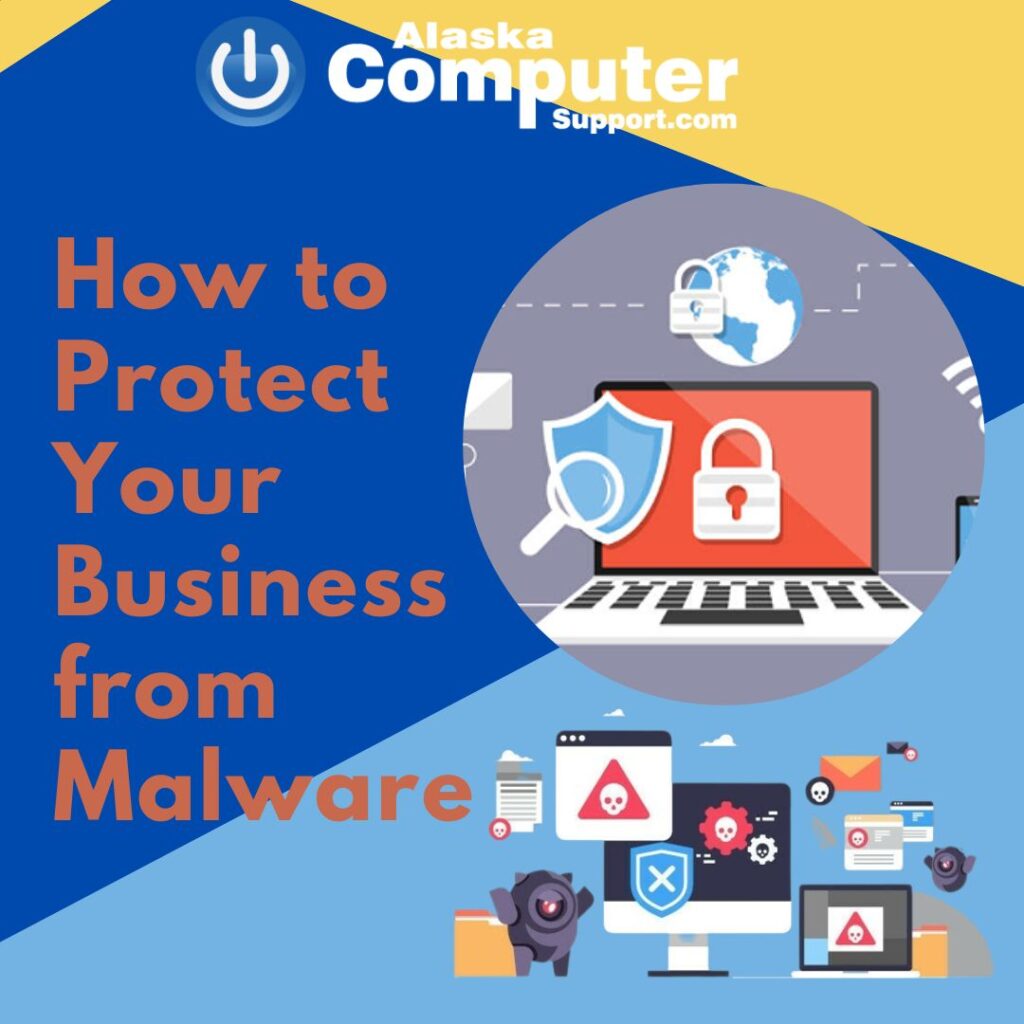How to Protect Your Business from Malware

Malware is a menacing threat that lurks in the digital world, ready to strike unsuspecting businesses. Defined as malicious software designed to infiltrate and compromise computer systems, malware poses a significant risk to the integrity, security, and profitability of businesses of all sizes. In this blog post, we will explore the insidious nature of malware and its potential impact on businesses, emphasizing the critical importance of protecting your organization from this pervasive threat.
Importance of Protecting Your Business from Malware
In today’s interconnected world, the threat of malware attacks is rising at an alarming rate. Cybercriminals continuously evolve their tactics, exploiting vulnerabilities in software, networks, and human behavior. The consequences of a malware attack on a business can be devastating, ranging from financial losses and reputational damage to data breaches and operational disruptions. As a business owner or IT professional, it is crucial to understand the gravity of this threat and take proactive measures to safeguard your organization.
Best Practices for Protecting Your Business from Malware
1. Educate Your Employees
Employees are often the first line of defense against malware attacks. By raising their awareness and providing proper training, you empower them to identify and prevent potential threats. Educating your employees about malware risks and prevention measures can significantly reduce the likelihood of a successful attack. This includes teaching them to recognize phishing emails, avoid suspicious downloads, and practice safe browsing habits.
2. Implement Strong Password Policies
Weak passwords are an open invitation for hackers to infiltrate your systems. Implementing strong password policies is a fundamental aspect of protecting your business from malware. Emphasize the significance of using unique, complex passwords and encourage employees to regularly update them. Consider implementing multi-factor authentication for an extra layer of security, reducing the risk of unauthorized access to sensitive information.
3. Install and Update Antivirus Software
Antivirus software serves as a crucial defense mechanism against malware. By detecting and preventing malicious software from infiltrating your systems, antivirus software acts as a shield for your business. It is essential to select a reputable antivirus solution and ensure regular updates to keep up with the ever-evolving threat landscape. Regular scans and real-time protection are essential components of a robust antivirus strategy.
4. Keep Operating Systems and Software Up to Date
Software vulnerabilities are often exploited by malware to gain unauthorized access to systems. Timely updates and patches are vital in addressing these vulnerabilities and fortifying your defenses. Make it a priority to keep all operating systems and software up to date, including web browsers, plugins, and other applications. Implement a centralized system for monitoring and deploying updates, ensuring that no critical security patches are overlooked.
5. Enable Firewalls and Intrusion Detection Systems
Firewalls and intrusion detection systems act as sentinels, monitoring network traffic and preventing unauthorized access. By establishing secure perimeters around your network, you can significantly reduce the risk of malware infiltrating your systems. Ensure that firewalls are properly configured, blocking unauthorized incoming and outgoing traffic. Intrusion detection systems can provide real-time alerts and notifications of potential security breaches, allowing for prompt action.
6. Implement Email Security Measures
Email remains one of the most common vectors for malware attacks, including phishing and malicious attachments. Implementing robust email security measures is paramount to protecting your business. Deploy spam filters to identify and block suspicious emails, reducing the likelihood of employees falling victim to phishing attempts. Additionally, consider implementing email authentication protocols, such as Domain-based Message Authentication, Reporting, and Conformance (DMARC), to prevent email spoofing and domain impersonation.
7. Regularly Backup Your Data
Data backups serve as a last line of defense against malware attacks. In the event of a successful breach, having secure and up-to-date backups can mitigate the impact of data loss and enable swift recovery. Regularly back up critical data and ensure that backups are stored securely, preferably in an offsite location or in the cloud. Test your backup and restoration processes periodically to ensure their reliability when needed.
By following these best practices for protecting your business from malware, you can significantly reduce the risk of falling victim to malicious attacks. It is crucial to remain vigilant, stay informed about emerging threats, and adapt your security measures accordingly. Remember, safeguarding your business from malware is an ongoing effort that requires a proactive and multi-layered approach.
